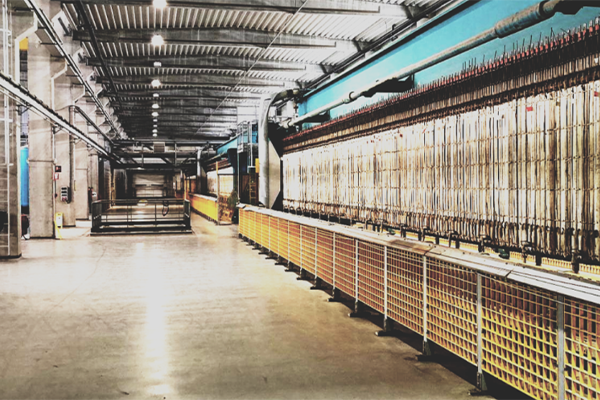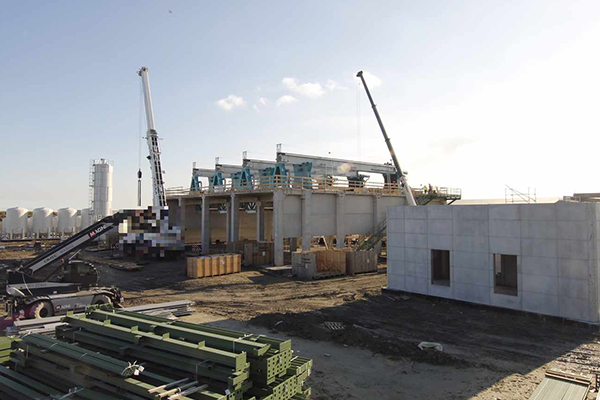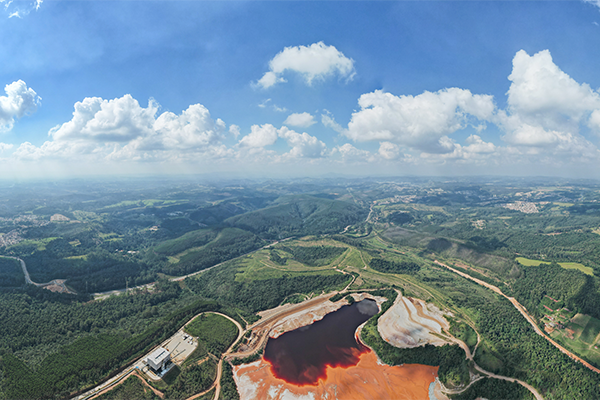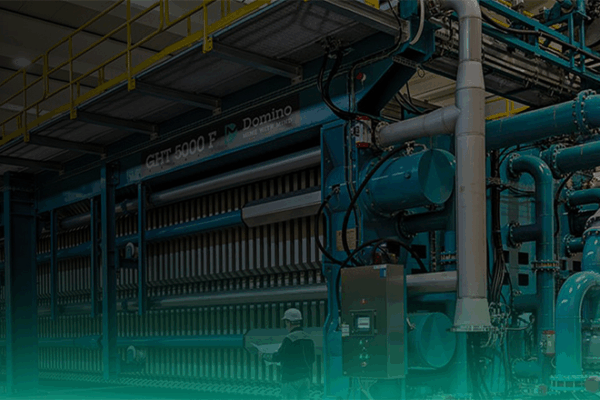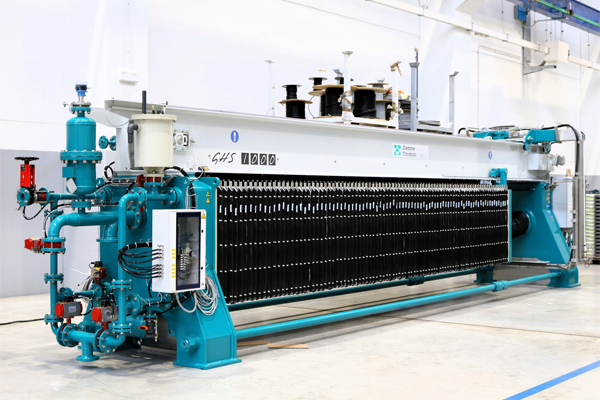Filtration using a filter press is a highly efficient method for separating solids from liquids, commonly used in industries such as mining, chemical production, and wastewater treatment. This guide explains each step in the filter press filtration process and highlights key phases that maximize efficiency and output.
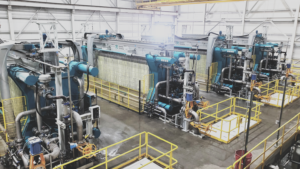
What Is a Filter Press and How Does It Work?
A filter press is a batch-operated device that separates solids and liquids using pressure filtration. It’s widely employed in industries ranging from mining & metals, chemical manufacturing to wastewater treatment, where efficient dewatering of slurry is essential. The system consists of a series of plates covered with filter cloths, which form chambers where slurry is pumped under pressure. As the slurry fills these chambers, liquid passes through the cloth and exits the press, while solids remain behind, progressively forming what’s known as a filter cake.
There are several types of filter presses, including membrane filter presses and chamber filter presses, each optimized for specific applications or performance requirements. Depending on the industry, the process targets and the slurry composition, the filter press can be equipped with cake blowing and cake washing piping, cloth washing systems (low pressure and/or high pressure), and other customized features.
Key advantages of filter press technology include:
- High filtration efficiency, even with fine or low-permeability solids
- Modular design, allowing easy scalability and customization
- Versatility, suitable for a wide range of industrial applications
- Low operational costs due to automation and minimal operator intervention
Understanding the core components and their function – filter plates, valves, cloth materials, and automation systems – is essential for optimizing the filtration process steps and reducing downtime. Choosing the right filter press system depends on factors such as slurry characteristics, required cake dryness, and whether filter cake washing or cake squeezing is necessary for the specific production cycle.
If you’re wondering “what is a filter press used for”, the answer is broad: it is indispensable wherever solid-liquid separation is critical for product recovery, waste minimization, or resource reuse.
1. Filling Phase: Slurry Introduction into the Filter Press
In the first phase, the slurry – a mixture of solid particles and liquid – is pumped into the chambers of the filter press. The chambers are formed by a series of filter plates lined with filter cloth. As the slurry enters, solid particles begin to accumulate on the filter cloth, forming a filter cake, while the liquid (filtrate) passes through the cloth and is discharged.
2. Compacting Phase: Solid-Liquid Separation
As the chambers fill, the pressure within the filter press increases. This pressure pushes the liquid through the filter cloth, trapping solid particles and forming a thicker filter cake. The filtration efficiency in this phase depends on factors such as the permeability of the cloth, the nature of the slurry, and the applied pressure.
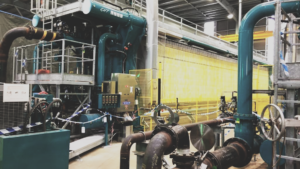
3. Cake Washing: Removing Impurities from the Filter Cake
For certain applications, washing the filter cake is essential to remove impurities or recover trapped liquids. During this phase, a washing liquid is introduced through the filter plates, effectively cleaning the cake and improving the purity of both the solid and liquid outputs.
4. Cake Squeezing: Optimizing Cake Dryness
To reduce the moisture content in the filter cake, some filter presses feature a cake squeezing phase. A membrane inflates inside the plates, applying extra pressure to squeeze out additional liquid, resulting in a drier, more compact cake. This step is crucial for industries that require minimal moisture in the solid output.
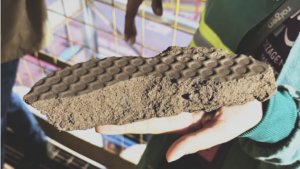
5. Cake Blowing: Further Drying the Filter Cake
The cake blowing phase involves blowing compressed air through the filter cake to remove residual liquid, further increasing its dryness. This step is essential for achieving the lowest possible moisture levels in industries focused on efficient solid-liquid separation.
6. Core Wash and Core Blow: Cleaning the Feed Channels
Over time, the feed channels within the filter press can become clogged with residual slurry or cake material. The core wash flushes these channels with a cleaning liquid, while the core blow uses compressed air to clear any remaining debris. These steps are crucial for maintaining optimal filtration performance and preventing blockages.
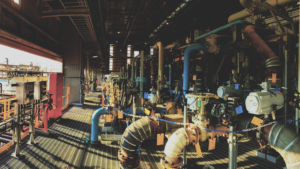
7. Cake Discharge: Removing the Filter Cake
Once filtration is complete, the filter press opens, and the filter cake is discharged from the chambers. This step is fully automated in most modern filter presses, ensuring quick and efficient removal of the dried solids.
8. Cloth Cleaning Systems: Maintaining Filter Cloth Efficiency
After cake discharge, some filter presses are equipped with systems to clean the filter cloths:
- Rinse Wash: This system sprays water over the plates, cleaning the surface of the cloths after each cycle.
- High-Pressure Cloth Washing: A more thorough cleaning, typically performed once a day or as needed, uses high-pressure jets to remove deep-set particles, ensuring the filter cloths remain efficient for future filtration cycles.
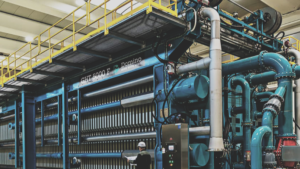
The filter press filtration process is a highly effective solution for solid-liquid separation across various industries. By understanding each step – such as squeezing, cake washing, cake blowing, and cloth cleaning systems – businesses can optimize the filtration process, improve efficiency, and achieve higher quality output.
If you are curious to learn more about each step of the filtration process, feel free to reach out, and I’ll be happy to provide any additional information.
Dino Ibba – Regional Sales Director – USA & Canada
dino.ibba@diemmefiltration.com
+39 366 69 75 963
